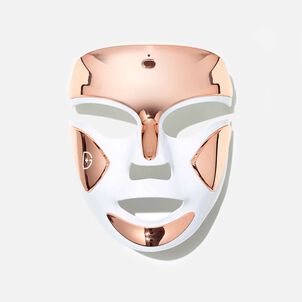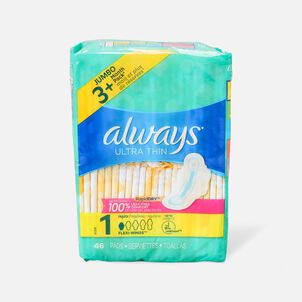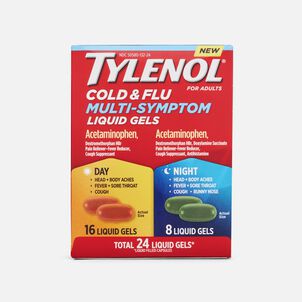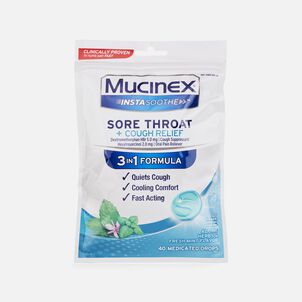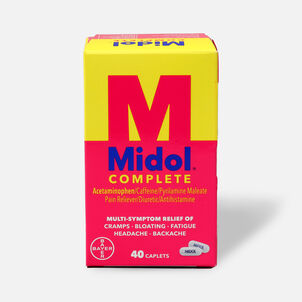 | SHOP NOW
| SHOP NOWIn other words, using your account for non-qualified expenses means the taxes you skipped when contributing to your HSA, come back to haunt you - often at a (very) steep price:
Taxes, taxes… The HSA money you take out will be added back to your gross income. Meaning you'll owe taxes. Let's say your tax rate is 20% and you withdraw $1,000 for that new TV - you'll also have to pay back $200 in taxes!
On top of the taxes above, there's ANOTHER 20% penalty for non-qualified withdrawals. If we revisit the same example, that comes out to $400 in taxes and fees, leaving you with just $600 of the $1,000 you originally wanted.

One item to keep in mind: If you're over 65, this penalty is waived – one of many reasons we view HSAs as a great long-term savings vehicle, as you'll only owe income taxes on non-qualified withdrawals.
But life happens. And sometimes you don't have a choice. If you end up needing the money you've put aside for non-qualified expenses on a regular basis, consider lowering your contribution to your HSA until you have a better handle on your monthly bills.
Also, if you build HSA credits for unreimbursed medical expenses, it becomes a source of emergency funds. Granted, this isn't the most ideal investment strategy, but hey, emergencies happen. This is a big advantage over accounts such as 401(k) which are more tightly "locked," and have a penalty for most cash withdrawals.
At the end of the tax year, you have a choice of making a lump sum transfer to your HSA for that year's contribution. It might hurt for a minute - but making a larger contribution late in the year is way better than paying taxes (up to 40% for some) on that money.

.png)
